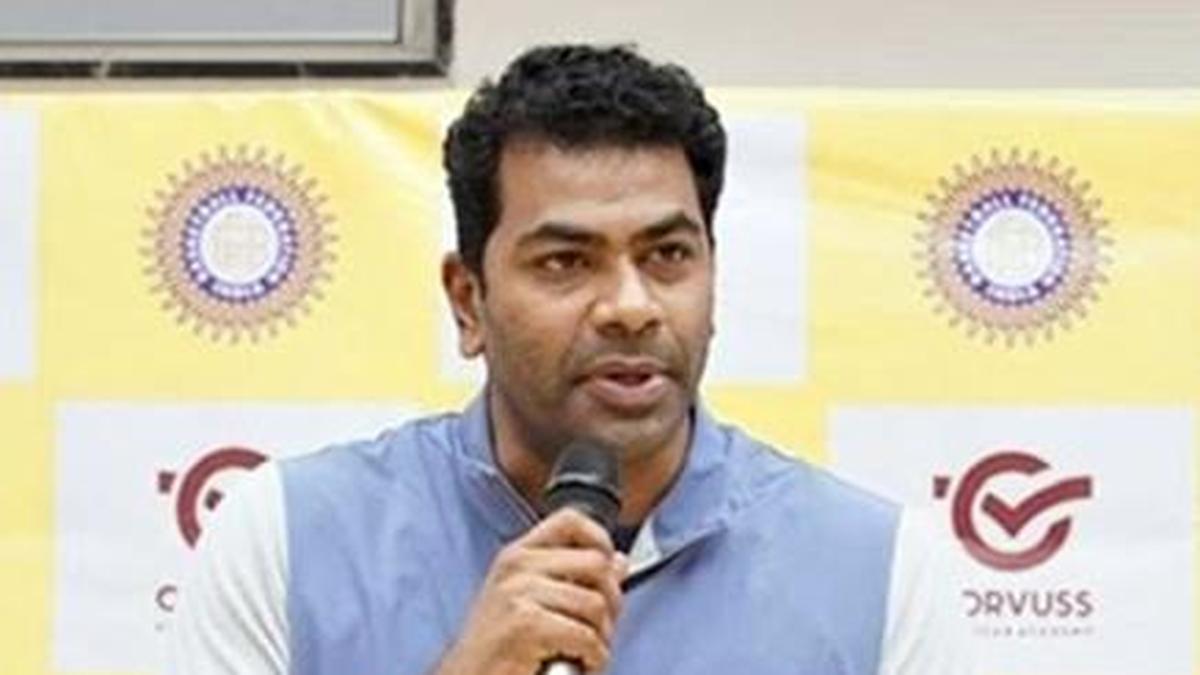Lean season does not seem to be lean any longer to the Tamil Nadu Civil Supplies Corporation, as far as paddy procurement is concerned. The proportion of lean season’s supply to the Corporation’s pool of paddy has risen over the years.
As the period of September-March witnesses the harvesting of paddy raised during the State’s two cultivation seasons — kuruvai and samba — it is considered peak season, while the remaining months — April to August — is the lean season.
Over the years, the share of the lean season’s contribution to the overall annual paddy procurement has gone up substantially, both in absolute numbers and proportion, according to the data available on the Central Food Grains Procurement Portal. Four years ago, the share was a little less than 16%. During the previous procurement year (September 2024 to August 2025), it rose to around 40%.
A closer look at the district-wise break up of contribution reveals that the composite Thanjavur district — Tiruvarur, Nagapattinam and Mayiladuthurai apart from Thanjavur — accounts for, on an average, 30% of the paddy procured all over the State during the lean months. As per the definition of the Cauvery delta by the Tamil Nadu Civil Supplies Corporation (TNCSC), parts of Tiruchi, Pudukkottai, Ariyalur, Perambalur, Cuddalore, and Karur form part of the delta and they have not been taken into account for want of disaggregated data, while considering the delta’s share. Significantly, Chennai’s neighbouring districts — Kancheepuram, Chengalpattu, and Tiruvallur — along with Tiruvannamalai form the next cluster of districts in providing a considerable quantum of paddy to the State’s basket. These four districts’ combined share was almost 24%.
Trend of paddy procurement in the last four years along with the share of lean season
| Year | Peak season (Sept.-March) (in lakh tonnes) | Lean season (April-August) (in lakh tonnes) | Total (in lakh tonnes) | Share of lean season to the total procurement (in %) |
| 2021-22 | 35.08 | 6.65 | 41.73 | 15.94 |
| 2022-23 | 30.8 | 13.45 | 44.25 | 43.67 |
| 2023-24 | 22.11 | 12.86 | 34.97 | 36.77 |
| 2024-25 | 28.3 | 19.69 | 47.99 | 41.02 |
Source: Central Food Grains Procurement Portal
Notable reasons
Among the reasons cited are free power supply, better availability of labour for farm work during lean season, and the operation of direct purchase centres (DPCs) throughout the year across the State, unlike the earlier practice of having DPCs only in the delta, that too during the harvesting of the kuruvai and samba crops. Other factors include changes in the pattern of raising paddy during the two cultivation seasons and mechanisation of farming activity to a large extent.
Asked whether the scheme of free power supply should be in place when sections of farmers are drawing water for raising paddy, a water-intensive crop, V. Sathyanarayanan, a Tiruvarur-based farmer, suggests that instead, the farmers be encouraged to raise cotton and maize, using free power. “Officials of the Revenue department, who do entries on Adangal, a land record document that contains details including crops raised, can be entrusted with the job of ascertaining whether the farmers follow the advice,” he adds.

 6 days ago
11
6 days ago
11








 English (US) ·
English (US) ·